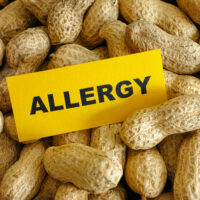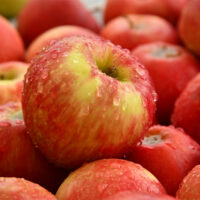5 signs that indicate the need to consult a dermatologist

Typically, people prefer to avoid visiting a healthcare expert since it is a stressful experience. However, a person’s skin, more often than not, provides an adequate picture of their health, so if the skin is showing signs of excess dullness, redness, changes color rapidly, or displays other symptoms, it is advisable to see a skincare expert at the earliest. Here are some of the signs that mean that one has to visit a dermatologist:
Having dry, flaky skin patches
Dryness and flaky skin patches are indicative of health conditions like psoriasis or eczema. In fact, these tend to be some of the early symptoms of such a condition, making it imperative for people to visit a dermatologist immediately. A dermatologist can correctly detect such conditions and provide the necessary treatment or prescription-based solutions to reduce the severity of the symptoms and improve one’s quality of life. One especially needs to consult a dermatologist if they experience flaky or overly dry skin on their scalp, chest, knees, elbows, or lower back.
Having nail or skin infections
Skin and nail infections mean that things like fungus, bacteria, viruses, or yeast have come into contact with a person’s skin. The most common indicator of this is swelling, inflammation, pus, warts, itching, or nail/skin discoloration. These signs are easy to detect by a dermatologist and, after that, easy to address for them.
Experiencing a constant itching sensation
Constant itching is a sign of several skin and health conditions and should not be ignored. It can be as serious as skin cancer in people. Therefore, while itchiness can be ignored in the short term, if one feels this sensation for longer than, say, 3 to 4 days, then the wise solution is to visit the dermatologist for a checkup immediately.
Having a mole that changes in appearance
Moles that change color or appearance are another massive red flag and can indicate skin cancer. So, if a person has a mole that has turned brown or black (or any other color), the best thing to do is visit a dermatologist before possible symptoms worsen.
Experiencing rapid hair loss
Rapid hair fall is a sign of alopecia, a condition in which people develop patches of hair loss. Alopecia is an immune system-based health condition. A dermatologist will be able to help individuals properly when someone showing this symptom consults them.





